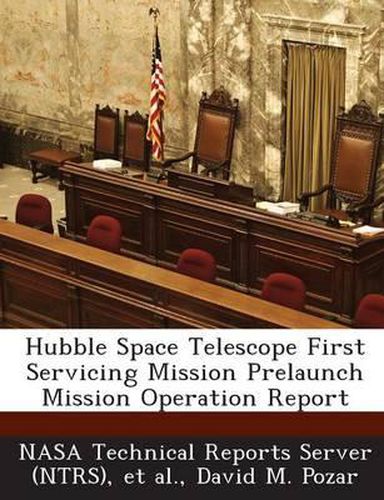The Hubble Space Telescope (HST) is a high-performance astronomical telescope system designed to operate in low-Earth orbit. It is approximately 43 feet long, with a diameter of 10 feet at the forward end and 14 feet at the aft end. Weight at launch was approximately 25,000 pounds. In principle, it is no different than the reflecting telescopes in ground-based astronomical observatories. Like ground-based telescopes, the HST was designed as a general-purpose instrument, capable of using a wide variety of scientific instruments at its focal plane. This multi-purpose characteristic allows the HST to be used as a national facility, capable of supporting the astronomical needs of an international user community. The telescope s planned useful operational lifetime is 15 years, during which it will make observations in the ultraviolet, visible, and infrared portions of the spectrum. The extended operational life of the HST is possible by using the capabilities of the Space Transportation System to periodically visit the HST on-orbit to replace failed or degraded components, install instruments with improved capabilities, re-boost the HST to higher altitudes compensating for gravitational effects, and to bring the HST back to Earth when the mission is terminated. The largest ground-based observatories, such as the 200-inch aperture Hale telescope at Palomar Mountain, California, can recognize detail in individual galaxies several billion light years away. However, like all earthbound devices, the Hale telescope is limited because of the blurring effect of the Earth s atmosphere. Further, the wavelength region observable from the Earth s surface is limited by the atmosphere to the visible part of the spectrum. The very important ultraviolet portion of the spectrum is lost. The HST uses a 2.4-meter reflective optics system designed to capture data over a wavelength region that reaches far into the ultraviolet and infrared portions of the spectrum.





